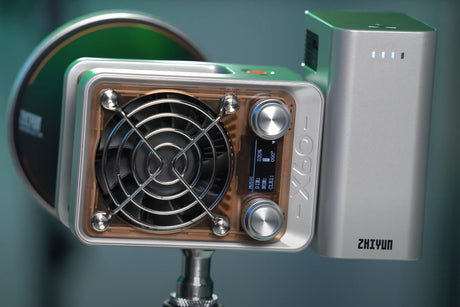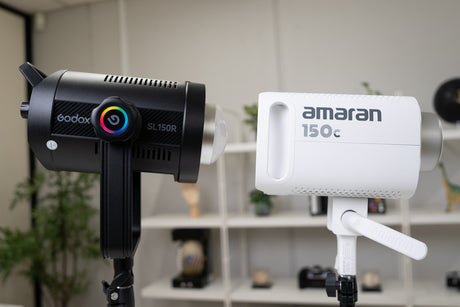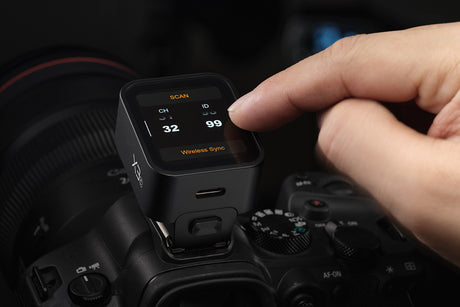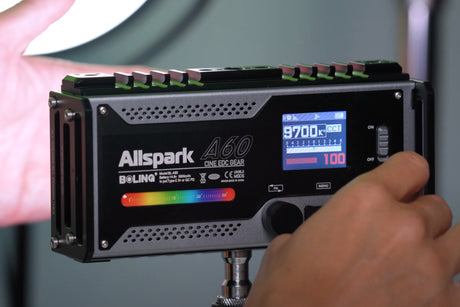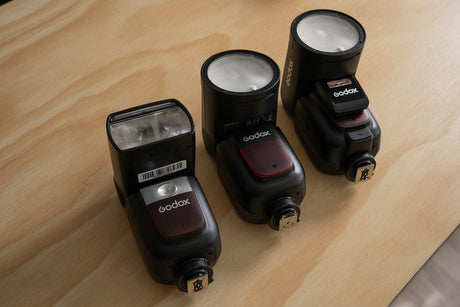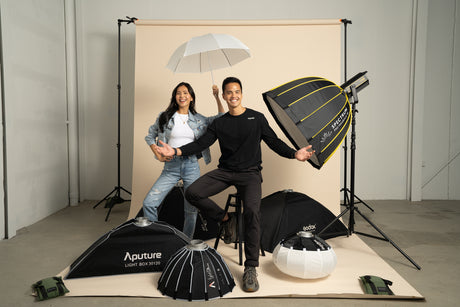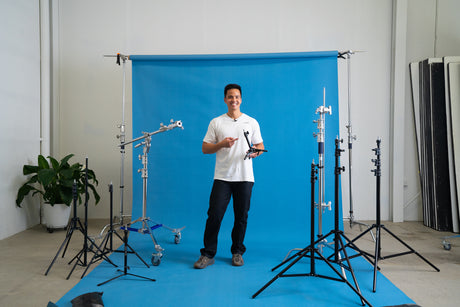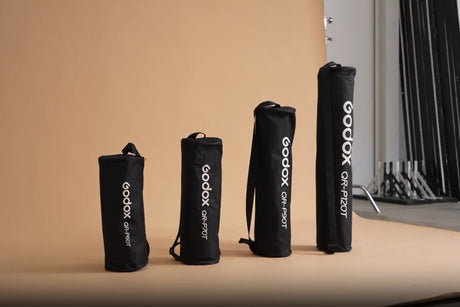Do you really need to use ‘flash’ in the middle of the day? Well if you want perfect quality pictures, maybe yes!
Does that mean we can actually take portrait pictures in the middle of the day, outdoors, without any shadows on the final product? How can we possibly combat intense sunlight?
The fact of the matter is we cannot overpower the sun! But what we can do is underexpose ambient light and then shoot with a camera, using a feature called – High Speed Sync Flash (HSS)
To begin with, HSS is an attribute that allows you to click with faster shutter speed. The term was used for the first time by Canon. Basically what it does is allow you to use speed light to surpass the maximum flash sync speed.
Generally, normal DSLR cameras don’t allow a flash sync speed of more than 1/200th of a second. HSS actually allows you to overcome the maximum speed limit of a shutter.
The sensor in your camera records light that filters through the lens. The shutter within the camera has two curtains; the first one and the rear one. The first curtain (shutter) covers the sensor from exposure to any light. When you click the shutter, the first curtain rises, lets the light touch the sensor, records an image and then the second curtain closes. The time period within which the first curtain rises and the second curtain closes is what we generally refer to as shutter speed – it is also known as the maximum flash sync speed.
HSS works in a way that the sensor is never fully exposed to light that comes through the lens, that’s when you see black bars on your image. What actually happens is that the flash is converted into a strobe that constantly puts light on the sensor, as the curtains are constantly travelling. So basically, at no point of time is the sensor fully exposed. The shutters are constantly travelling.
The best time to use this feature is during the middle of the day.
Here’s an example of HSS in action.

The photo was taken on a sunny day underneath the shade of a tree. Usually when we’re shooting people against a well lit daylight backdrop, the background will be completely washed out and turn white. To avoid this, usually you’re able to turn up the shutter speed which will leave the subject will be underexposed as in the first photo.
The best way to solve this problem is to expose for the background but to use flash to light subject. In really bright conditions you may need the shutter speed substantially faster than your sync speed, to achieve the perfect balance between the background and your subject, as in the second photo.



